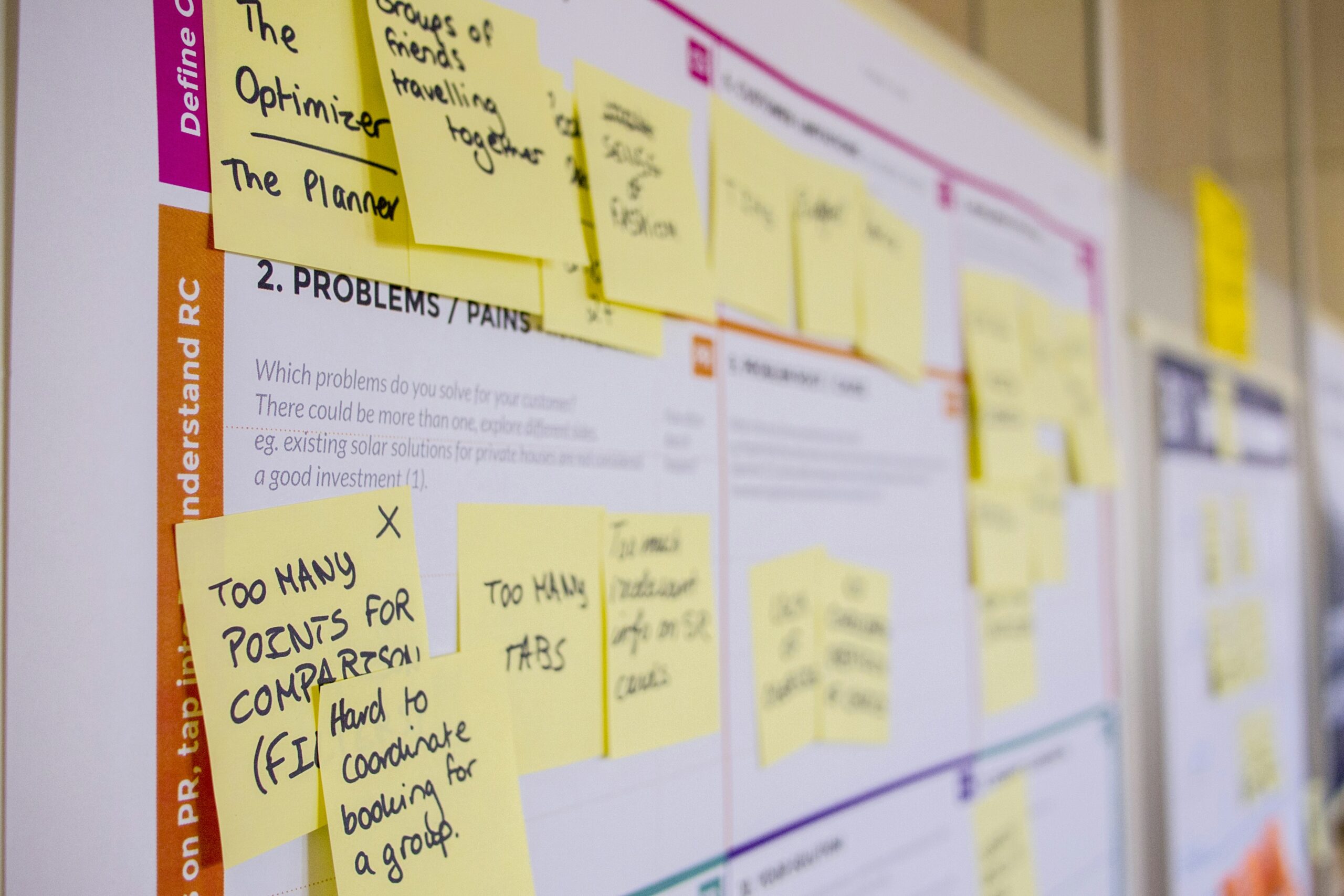Turning User Feedback into Product Gold (for Startups)
In the dynamic world of startups, where resources are precious and every decision counts, the difference between soaring success and quiet disappearance often boils down to one thing: how well you listen to your users.
As a product manager, founder, or even a developer, your primary mission is to build solutions that people love and need. But how do you know what they truly love or genuinely need? You listen. User feedback isn’t just a nice-to-have; it’s the lifeblood of product iteration, validation, and sustained growth.
However, “listening” is an art, not just a passive act. It’s about discerning the signal from the noise, understanding underlying problems, and strategically turning those insights into tangible product improvements. This post will guide you through the process of mastering user feedback, ensuring it becomes your most valuable asset in building a product that truly shines.
Beyond the “Wishlist”: Understanding Different Types of Feedback
Before you start collecting, it’s crucial to understand that feedback comes in many forms, each offering a unique lens into your users’ world:
- Direct Feedback:
- What it is: Explicit statements from users about their experiences, desires, or frustrations.
- Sources: Support tickets, feature requests, user interviews, surveys, beta tester comments, social media mentions, direct emails.
- Value: Provides direct insights into expressed needs and pain points.
- Indirect (Behavioral) Feedback:
- What it is: Data on how users actually interact with your product, revealing their true behavior rather than just what they say.
- Sources: Product analytics (feature usage, conversion rates, drop-off points), A/B test results, session recordings, heatmaps.
- Value: Uncovers usability issues, identifies popular/unpopular features, and reveals discrepancies between stated desires and actual behavior.
- Exploratory (Discovery) Feedback:
- What it is: Insights gathered from conversations aimed at understanding broader user problems, workflows, and motivations, even before a solution is built.
- Sources: Discovery calls, contextual inquiries, usability tests (even on prototypes), market research.
- Value: Helps validate problems, identify new opportunities, and ensures you’re building the right thing, not just building the thing right.
The Art of Collecting Feedback Effectively
Collecting feedback isn’t just about opening a suggestion box; it’s about intentional outreach and structured listening.
- Ask the Right Questions: Avoid leading questions or questions that elicit only “yes/no” answers. Focus on “Why?” “How does that make you feel?” “Tell me about a time when…”
- Instead of: “Do you like the new dashboard?”
- Try: “Walk me through how you typically use the dashboard. What problems does it help you solve, and what challenges do you still face?”
- Be Omnipresent (Strategically):
- In-App Feedback: Simple “Rate this feature” prompts, dedicated feedback widgets, or bug reporting tools.
- Customer Support Channels: Empower your support team to tag and categorize feedback they receive daily. They are often the closest to the user’s immediate pain.
- Sales Conversations: Your sales team interacts with potential users and hears their problems firsthand. Create a mechanism for them to log common objections or desired functionalities.
- User Interviews: Schedule regular 1-on-1 calls with a diverse segment of your user base. This is invaluable for deep qualitative insights.
- Surveys: Use targeted surveys for specific features or general satisfaction (e.g., NPS). Keep them short and focused.
- Community Forums/Social Media: Monitor discussions around your product or industry.
- Choose the Right Tools: Leverage feedback tools that integrate with your project management software (e.g., Intercom, UserVoice, Canny, Typeform, Productboard, or even simple spreadsheets/Slack channels for early stages).
From Noise to Signal: Analyzing and Prioritizing Feedback
Collecting feedback is half the battle; making sense of it is the other, more complex half.
- Centralize Everything: All feedback, regardless of source, should funnel into a central repository.
- Categorize and Tag: Implement a consistent tagging system (e.g., “Bug: Login,” “Feature Request: Export PDF,” “UX Issue: Navigation”). This allows you to slice and dice feedback.
- Quantify the Qualitative: While individual comments are important, look for patterns. How many users are reporting the same bug? How many times has a specific feature been requested? This helps you gauge impact.
- Identify the “Why” Behind the “What”: Don’t just log feature requests. Dig deeper to understand the underlying problem the user is trying to solve. Sometimes, a completely different solution is required.
- User asks for “Export to Excel button.”
- Your follow-up: “Why do you need this data in Excel?”
- User replies: “Because I need to combine it with another dataset to create a monthly report.”
- Insight: The user doesn’t just need export; they need better reporting/integration, potentially an entirely different feature.
- Connect Feedback to Product Strategy: Evaluate feedback against your overall product vision, goals, and target audience. Does this feedback align with where you want the product to go?
- Prioritize with Frameworks: Once you have a clear picture of the problems, use prioritization frameworks (like the Eisenhower Matrix we discussed earlier, or RICE/ICE scoring, Kano Model, etc.) to decide what to build next. Balance user value, business impact, and development effort.
Closing the Loop: Acting on Feedback and Communicating
Collecting and analyzing feedback is pointless if you don’t act on it and communicate effectively.
- Prioritize ruthlessly: You cannot build everything. Select the highest-impact items.
- Develop Solutions: Translate the insights into well-defined user stories and tasks for your development team.
- Communicate Back: Let your users know that their feedback has been heard and acted upon.
- Notify users when their requested feature is released.
- Thank users who reported bugs when they’re fixed.
- Share your roadmap or “What’s New” updates. This builds trust and shows that you value their input.
Common Pitfalls to Avoid
- Building Everything Requested: This leads to feature bloat, a complex product, and often, a product that doesn’t do anything exceptionally well.
- Ignoring Negative Feedback: Negative feedback is gold. It highlights where your product is failing and provides opportunities for improvement.
- Only Listening to the Loudest Voices: The loudest users might not represent your core or most valuable user base. Seek out diverse feedback.
- Falling in Love with Your Own Ideas: Be willing to let go of a feature or idea if user feedback consistently points to it not solving a real problem.
- Taking Feedback Personally: Feedback is about the product, not you. Approach it with an open mind and a problem-solving attitude.

Photo by Alvaro Reyes on Unsplash
Conclusion
For startups, mastering the art of listening to user feedback is not just a best practice; it’s a survival mechanism. By systematically collecting, analyzing, prioritizing, and acting on the diverse insights your users provide, you can ensure your product continuously evolves to meet real needs, delight your audience, and secure its place in the market. So, open your ears, refine your listening skills, and turn that invaluable user feedback into true product gold.


Leave a Reply